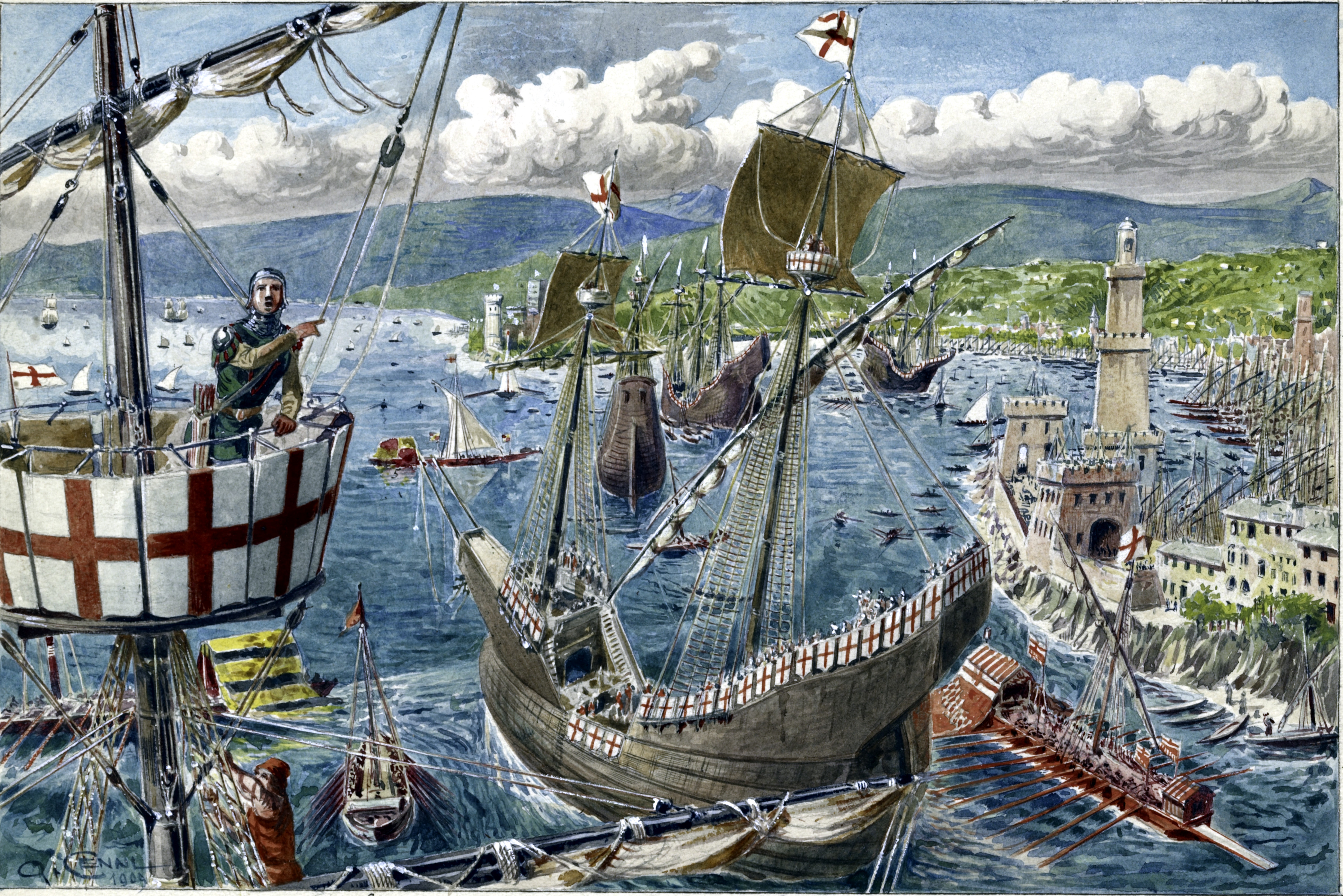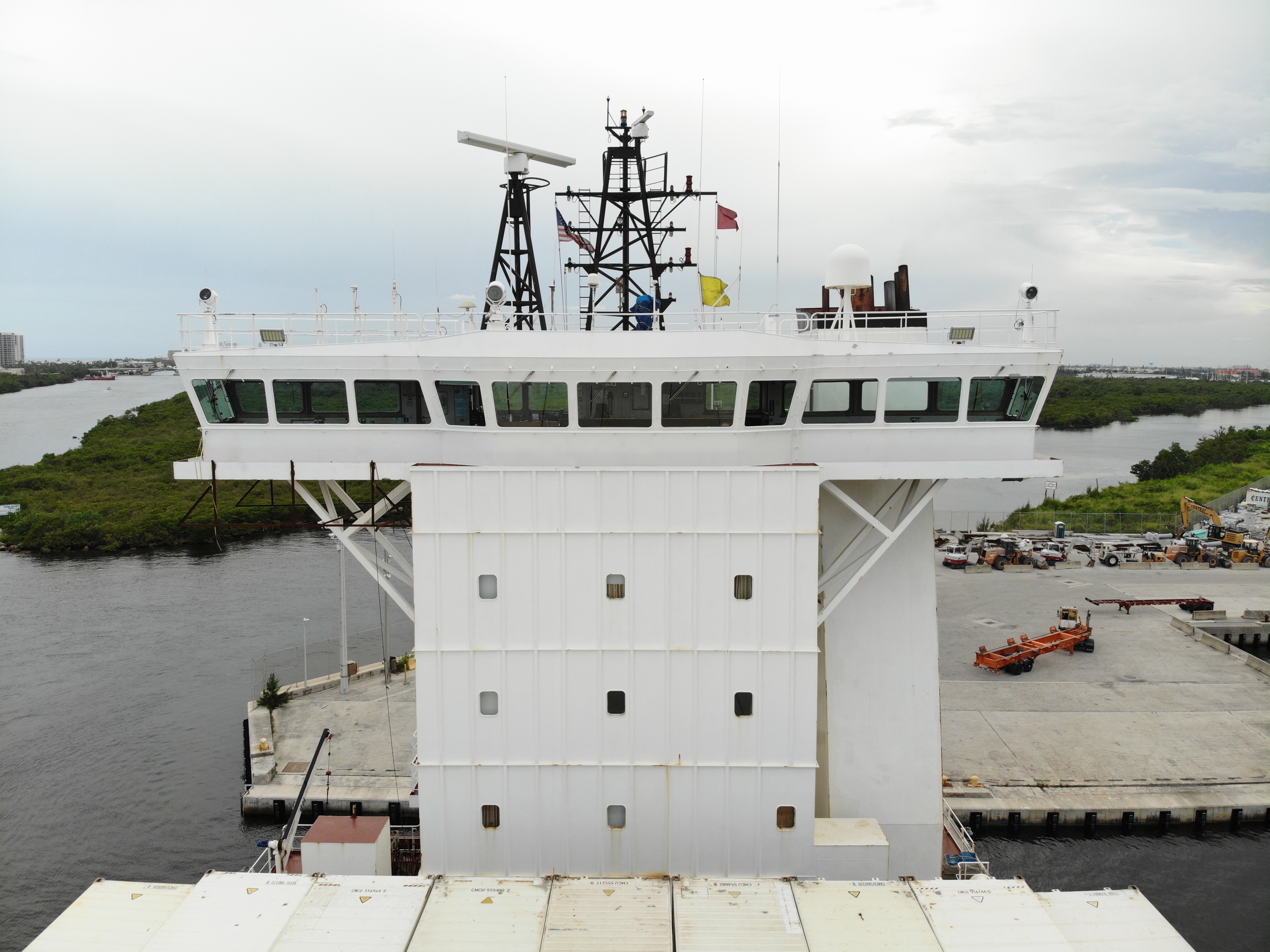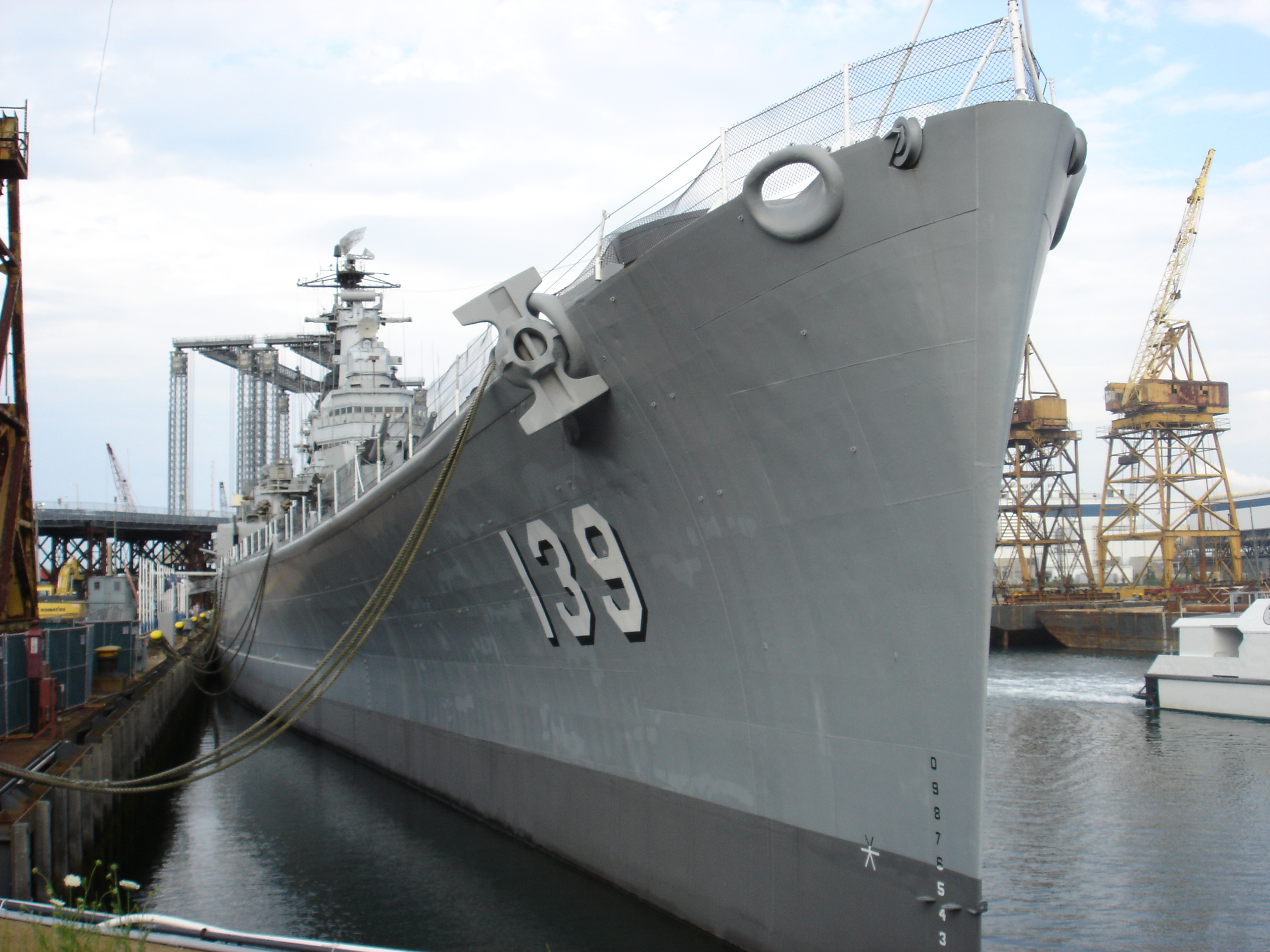|
River-class Destroyer (1903)
The River-class destroyer (re-designated in 1913 as the E class) was a class of torpedo boat destroyer built for the Royal Navy in the first few years of the 20th century, and which saw extensive service in World War I. These 37 vessels (33 formally ordered under three annual construction programmes, plus another three built on speculation and then purchased by the Admiralty, and a final unit building in Italy for the Portuguese Navy and purchased in 1915) were all constructed to disparate builders' designs, just like the preceding classes. The class introduced new features to destroyer design, placing a greater emphasis on seakeeping and endurance and less on a high maximum speed in good weather. All the ships were named after British, Irish and Portuguese rivers, and as such were the first Royal Navy destroyer class to be named systematically. Genesis The concept for the River class began in December 1900, with a request from Commander John Michael de Robeck, then the sen ... [...More Info...] [...Related Items...] OR: [Wikipedia] [Google] [Baidu] |
B-class Destroyer (1913)
The B class as designated in 1913 was a heterogeneous group of torpedo boat destroyers (TBDs) built for the Royal Navy in the late 1890s. They were constructed to the individual designs of their builders to meet Admiralty specifications, the uniting feature being a specified top speed of and four funnels, although the funnel spacings differed between ships. All "30 knotter" vessels with four funnels were classified by the Admiralty as the B class in 1913 to provide some system to the naming of HM destroyers. At the same time all "30 knotter" vessels with three funnels were classified by the Admiralty as the and those with two funnels became the . Fourteen vessels were built by Laird Brothers at Birkenhead (in 1903 to become part of Cammell Laird, Birkenhead), seven by Palmers Shipbuilding and Iron Company at Hebburn-on-Tyne, and one each by Armstrong Whitworth at Walker-on-Tyne, William Doxford and Sons at Sunderland, and J & G Thomson (later to become John Brown and Compa ... [...More Info...] [...Related Items...] OR: [Wikipedia] [Google] [Baidu] |
John De Robeck
Admiral of the Fleet Sir John Michael de Robeck, 1st Baronet, (10 June 1862 – 20 January 1928) was an officer in the Royal Navy. In the early years of the 20th century he served as Admiral of Patrols, commanding four flotillas of destroyers. De Robeck commanded the allied naval force in the Dardanelles during the First World War. His campaign to force the straits, launched on 18 March 1915, was nearly successful, as the Turkish land-based artillery almost ran out of ammunition. However, mines laid in the straits led to the loss of three allied battleships. The subsequent ground campaign, like the naval campaign, was ultimately a failure and the ground troops had to be taken off the Gallipoli peninsula by de Robeck on the night of 8 January 1916. He went on to become Commander of the 3rd Battle Squadron of the Grand Fleet and then Commander of the 2nd Battle Squadron of the Grand Fleet. After the war de Robeck became Commander-in-Chief of the Mediterranean Fleet and British ... [...More Info...] [...Related Items...] OR: [Wikipedia] [Google] [Baidu] |
Genoa
Genoa ( ; it, Genova ; lij, Zêna ). is the capital of the Regions of Italy, Italian region of Liguria and the List of cities in Italy, sixth-largest city in Italy. In 2015, 594,733 people lived within the city's administrative limits. As of the 2011 Italian census, the Province of Genoa, which in 2015 became the Metropolitan City of Genoa, had 855,834 resident persons. Over 1.5 million people live in the wider metropolitan area stretching along the Italian Riviera. On the Gulf of Genoa in the Ligurian Sea, Genoa has historically been one of the most important ports on the Mediterranean Sea, Mediterranean: it is currently the busiest in Italy and in the Mediterranean Sea and twelfth-busiest in the European Union. Genoa was the capital of Republic of Genoa, one of the most powerful maritime republics for over seven centuries, from the 11th century to 1797. Particularly from the 12th century to the 15th century, the city played a leading role in the commercial trade in Euro ... [...More Info...] [...Related Items...] OR: [Wikipedia] [Google] [Baidu] |
HMS Arno (1915)
HMS ''Arno'' was a unique destroyer of the Royal Navy that saw service and was lost during First World War. She was under construction in Genoa, Italy for the friendly Portuguese Navy as ''Liz'' in 1914 when she was bought by the Royal Navy for service in the Mediterranean. She had two funnels and masts and four QF 12-pounder guns, shipped sided on the forecastle, behind the second funnel and on the quarterdeck. Although much smaller and slower than her British contemporaries, she was soundly built and had a high freeboard and tall bridge, making her a useful vessel. She was lost off the Dardanelles after a collision In physics, a collision is any event in which two or more bodies exert forces on each other in a relatively short time. Although the most common use of the word ''collision'' refers to incidents in which two or more objects collide with great fo ... with the Acorn-/H-class destroyer on 23 March 1918. Bibliography *''Destroyers of the Royal Navy, 1893-1 ... [...More Info...] [...Related Items...] OR: [Wikipedia] [Google] [Baidu] |
HMS Welland
HMS ''Welland'' was a Yarrow-built River-class destroyer ordered by the Royal Navy under the 1902 – 1903 Naval Estimates. Named after the River Welland that drains into the Wash on the English east coast, she was the first ship to carry this name in the Royal Navy. Construction She was laid down on 1 October 1902 at the Yarrow shipyard at Poplar and launched on 14 April 1904. She was completed in July 1904. Her original armament was to be the same as the "turtleback" torpedo boat destroyers that preceded her. In 1906 the Admiralty decided to upgrade the armament by removing five 6-pounder guns and adding three 12-pounder 8 cwt guns. Two would be mounted abeam at the forecastle break and the third gun would be mounted on the quarterdeck. Service After commissioning she was assigned to the East Coast Destroyer Flotilla of the 1st Fleet and based at Harwich. On 27 April 1908 the Eastern Flotilla departed Harwich for live fire and night manoeuvres. During these exercises ... [...More Info...] [...Related Items...] OR: [Wikipedia] [Google] [Baidu] |
Russo-Japanese War
The Russo-Japanese War ( ja, 日露戦争, Nichiro sensō, Japanese-Russian War; russian: Ру́сско-япóнская войнá, Rússko-yapónskaya voyná) was fought between the Empire of Japan and the Russian Empire during 1904 and 1905 over rival imperialism, imperial ambitions in Manchuria and the Korean Empire. The major theatres of military operations were located in Liaodong Peninsula and Shenyang, Mukden in Southern Manchuria, and the Yellow Sea and the Sea of Japan. Russia sought a Port#Warm-water port, warm-water port on the Pacific Ocean both for its navy and for maritime trade. Vladivostok remained ice-free and operational only during the summer; Lüshunkou, Port Arthur, a naval base in Liaodong Province leased to Russia by the Qing dynasty of China from 1897, was operational year round. Russia had pursued an expansionist policy east of the Urals, in Siberia and the Russian Far East, Far East, since the reign of Ivan the Terrible in the 16th century. Since th ... [...More Info...] [...Related Items...] OR: [Wikipedia] [Google] [Baidu] |
Steam Engines
A steam engine is a heat engine that performs mechanical work using steam as its working fluid. The steam engine uses the force produced by steam pressure to push a piston back and forth inside a cylinder. This pushing force can be transformed, by a connecting rod and crank, into rotational force for work. The term "steam engine" is generally applied only to reciprocating engines as just described, not to the steam turbine. Steam engines are external combustion engines, where the working fluid is separated from the combustion products. The ideal thermodynamic cycle used to analyze this process is called the Rankine cycle. In general usage, the term ''steam engine'' can refer to either complete steam plants (including boilers etc.), such as railway steam locomotives and portable engines, or may refer to the piston or turbine machinery alone, as in the beam engine and stationary steam engine. Although steam-driven devices were known as early as the aeolipile in t ... [...More Info...] [...Related Items...] OR: [Wikipedia] [Google] [Baidu] |
Eden Heckansicht
Eden may refer to: *Garden of Eden, the "garden of God" described in the Book of Genesis Places and jurisdictions Canada * Eden, Ontario * Eden High School Middle East * Eden, Lebanon, a city and former bishopric * Camp Eden, Iraq Oceania * Eden (New Zealand electorate), a former New Zealand Parliamentary electorate * Eden, New South Wales, Australia ** Electoral district of Eden, an electoral district in New South Wales United Kingdom * Eden, County Antrim, a townland in Northern Ireland *Eden, the names of three townlands in County Londonderry, Northern Ireland: ** Eden, Dungiven parish ** Eden, Learmount parish (County Londonderry portion) ** Eden, Tamlaght O'Crilly parish * Eden, a townland in County Tyrone, Northern Ireland * Eden, High Wycombe, a shopping centre in Buckinghamshire, England * Eden District, Cumbria, England * Eden Project, a visitor attraction in Cornwall, England * Eden Water, a tributary of the River Tweed, Scotland * River Eden, Kent, a ... [...More Info...] [...Related Items...] OR: [Wikipedia] [Google] [Baidu] |
John Fisher, 1st Baron Fisher
John Arbuthnot Fisher, 1st Baron Fisher, (25 January 1841 – 10 July 1920), commonly known as Jacky or Jackie Fisher, was a British Admiral of the Fleet. With more than sixty years in the Royal Navy, his efforts to reform the service helped to usher in an era of modernisation which saw the supersession of wooden sailing ships armed with muzzle-loading cannon by steel-hulled battlecruisers, submarines and the first aircraft carriers. Fisher has a reputation as an innovator, strategist and developer of the navy rather than as a seagoing admiral involved in major battles, although in his career he experienced all these things. When appointed First Sea Lord in 1904 he removed 150 ships then on active service which were no longer useful and set about constructing modern replacements, developing a modern fleet prepared to meet Germany during the First World War. Fisher saw the need to improve the range, accuracy and rate-of-fire of naval gunnery, and became an early proponent of t ... [...More Info...] [...Related Items...] OR: [Wikipedia] [Google] [Baidu] |
Bridge (nautical)
The interior of the bridge of the Sikuliaq'', docked in Ketchikan, Alaska file:Wheelhouse of Leao Dos Mares.jpg, Wheelhouse on a tugboat, topped with a flying bridge The bridge, also known as the pilothouse or wheelhouse, is a room or platform of a ship from which the ship can be commanded. When a ship is under way, the bridge is manned by an officer of the watch aided usually by an able seaman acting as a lookout. During critical maneuvers the captain will be on the bridge, often supported by an officer of the watch, an able seaman on the wheel and sometimes a pilot, if required. History and etymology The compass platform of a British destroyer in the Second_World_War.html" ;"title="Battle of the Atlantic during the Second World War">Battle of the Atlantic during the Second World War with central binnacle and the voice pipes to belowdecks There are many terms for parts of a ship with functions similar to a bridge. Depending upon the design and layout of a ship, some ... [...More Info...] [...Related Items...] OR: [Wikipedia] [Google] [Baidu] |
Bow (ship)
The bow () is the forward part of the hull of a ship or boat, the point that is usually most forward when the vessel is underway. The aft end of the boat is the stern. Prow may be used as a synonym for bow or it may mean the forward-most part of the bow above the waterline. Function A ship's bow should be designed to enable the hull to pass efficiently through the water. Bow shapes vary according to the speed of the boat, the seas or waterways being navigated, and the vessel's function. Where sea conditions are likely to promote pitching, it is useful if the bow provides reserve buoyancy; a flared bow (a raked stem with flared topsides) is ideal to reduce the amount of water shipped over the bow. Ideally, the bow should reduce the resistance and should be tall enough to prevent water from regularly washing over the top of it. Large commercial barges on inland waterways rarely meet big waves and may have remarkably little freeboard at the bow, whereas fast military ve ... [...More Info...] [...Related Items...] OR: [Wikipedia] [Google] [Baidu] |
Forecastle
The forecastle ( ; contracted as fo'c'sle or fo'c's'le) is the upper deck of a sailing ship forward of the foremast, or, historically, the forward part of a ship with the sailors' living quarters. Related to the latter meaning is the phrase " before the mast" which denotes anything related to ordinary sailors, as opposed to a ship's officers. History and design In medieval shipbuilding, a ship of war was usually equipped with a tall, multi-deck castle-like structure in the bow of the ship. It served as a platform for archers to shoot down on enemy ships, or as a defensive stronghold if the ship were boarded. A similar but usually much larger structure, called the aftcastle, was at the aft end of the ship, often stretching all the way from the main mast to the stern. Having such tall upper works on the ship was detrimental to sailing performance. As cannons were introduced and gunfire replaced boarding as the primary means of naval combat during the 16th century, the medieval ... [...More Info...] [...Related Items...] OR: [Wikipedia] [Google] [Baidu] |







